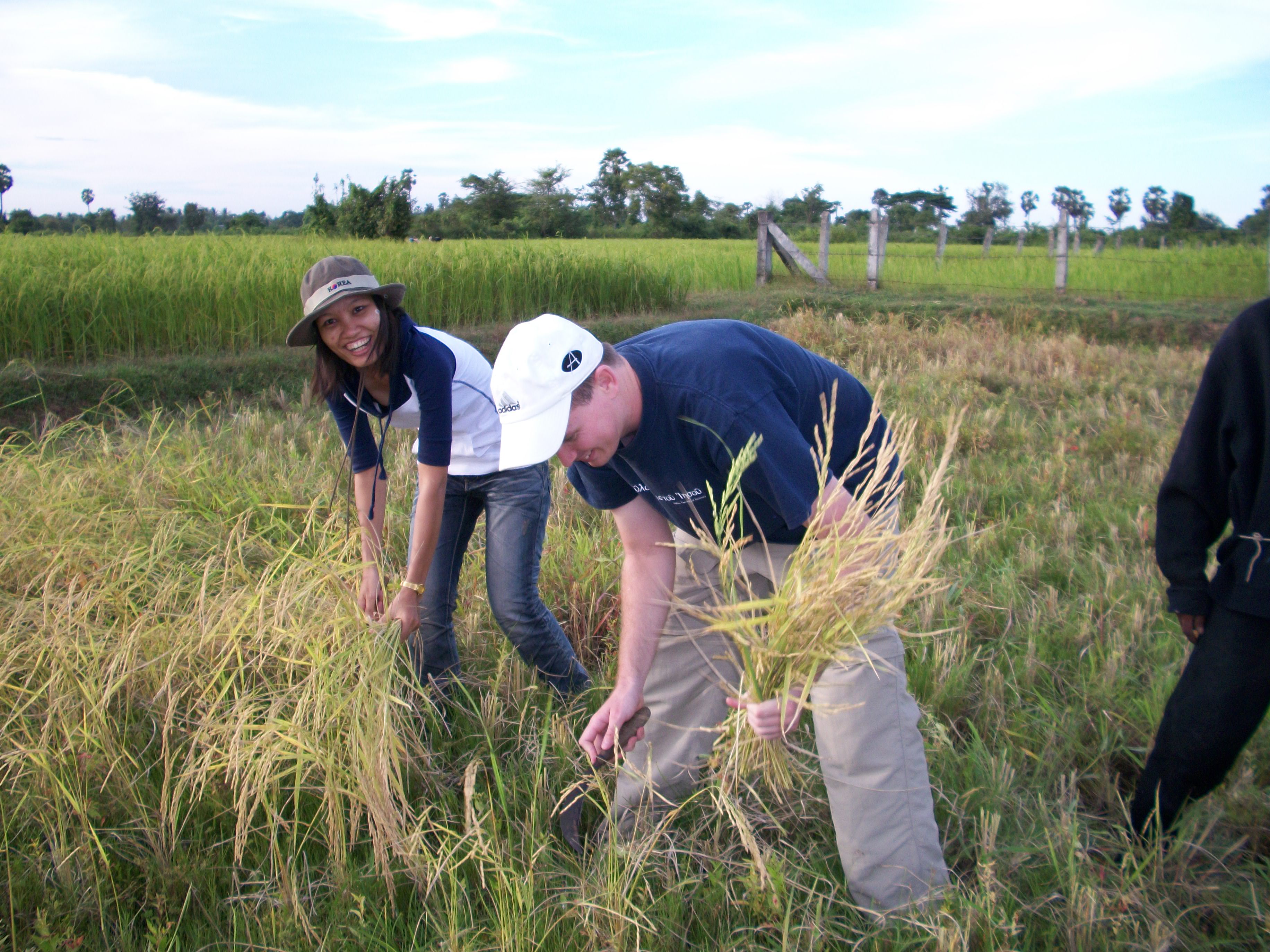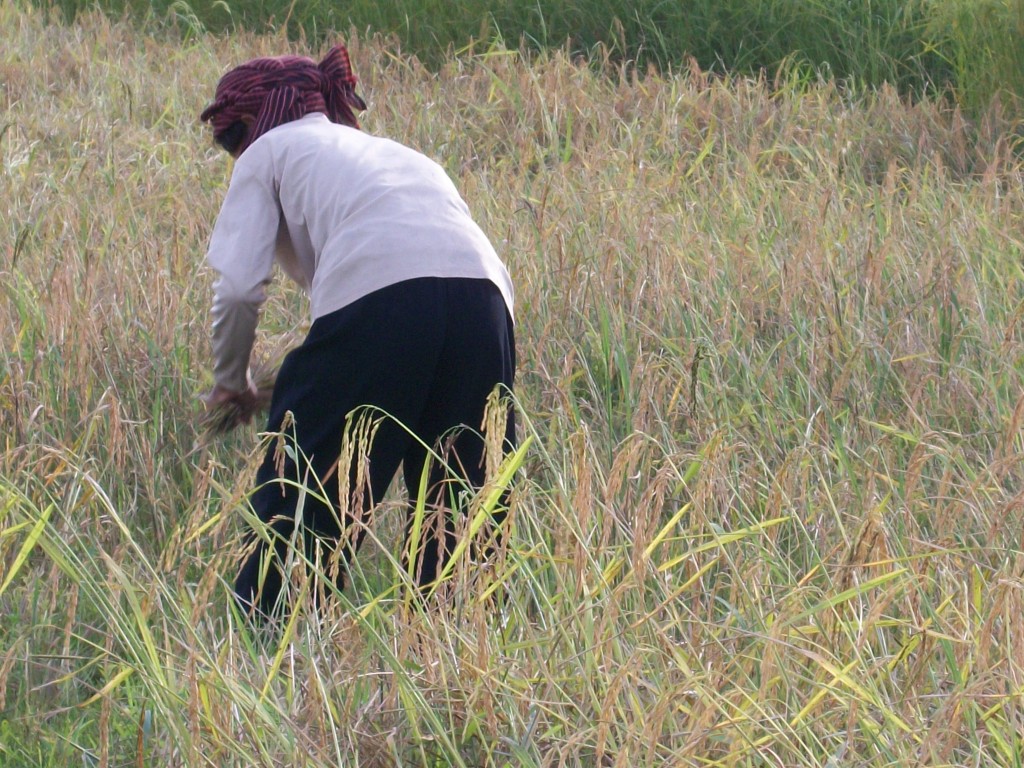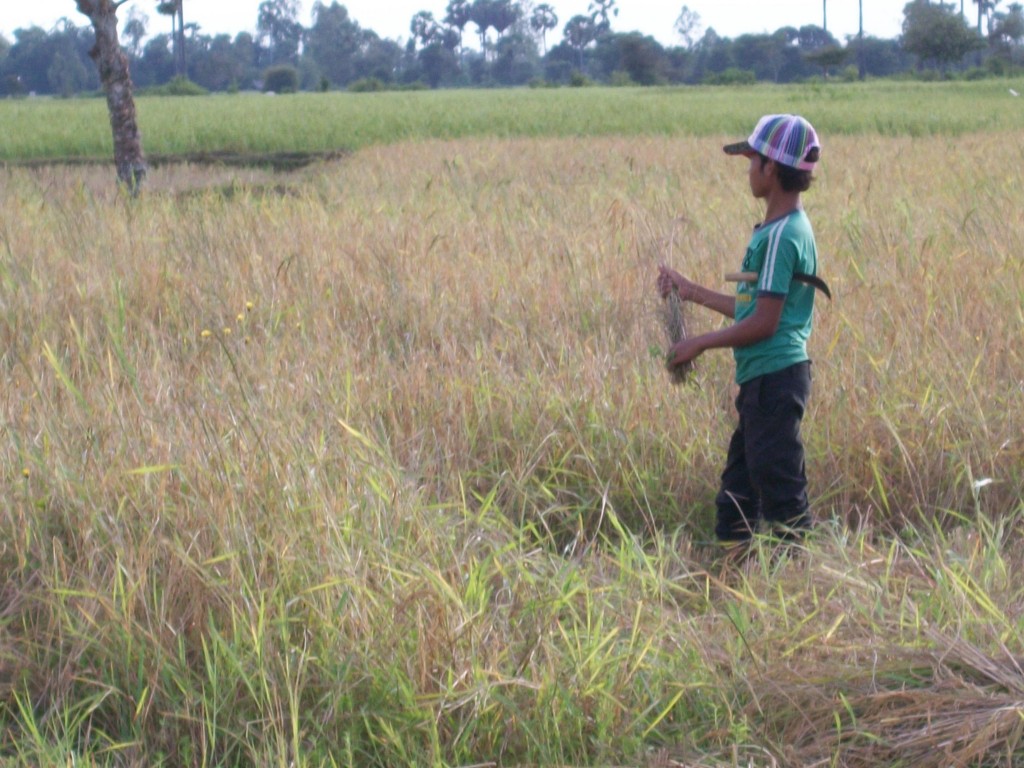Greetings from Cambodia,
Well, here in Cambodia we are in the midst of the cold season. That is if you can consider a low of 72 degrees at night to be cold. Nonetheless, I am really enjoying this weather compared to the weather when I first arrived. But I hear the hottest weather will come in April. While the weather here hasn’t reminded me that Christmas is only a few days away, the “consumerism” spirit of the season seems to be alive and well here in malls and other businesses. Hopefully, someday soon more people here will hear about and embrace a distinctive Christian understanding of Christmas as the incarnation of our Redeemer. Learning the Khmer language is progressing, but learning a new language is much more like a long distance race than a sprint. I am not for sure that I am all that fast at running this race, but it seems like if one runs long enough that fluency will eventually come. For most of you, I am sure that some days your jobs are enjoyable and other days they seem somewhat monotonous and at times boring. I feel the someway with language learning.
As you will see from a couple of the pictures, I recently had the chance to see firsthand what rice harvest in the countryside is like. The couple that lives next door invited me to come along for the day to her family’s village. Although I have seen some modern machinery being used, most of the field work in Cambodia is still done by hand and with animals. The family in the village is representative of about 80% of Cambodia’s population who are subsistence rice farmers. While I grew up on a farm and spent several years studying agriculture in college, practices here are much different. The field that the family spent most of the day harvesting would have taken about 5 minutes to harvest with a combine. The process of hand harvesting involves several steps. First, the seed head and upper part of the stalk are cut off with a hand sickle and tied together in small bundles. The bundles are left to dry on top of the stubble for several days and then hauled to the threshing floor. Threshing is often done by beating the bundles against pieces of slatted wood. The final step before bagging is cleaning the grain. This can be done by winnowing which involves tossing the seeds in the air and allowing the wind to blow away the lighter chaff and weed seeds. But often machines are used for this last step. I was reminded of the many Bible stories about harvesting as I worked. I thought about Gideon who was threshing wheat in a winepress to hide from the Midianites. But ironically the Lord calls him a mighty man of valor and tells him that he will be with him as he delivers Israel. And such are you and I – ones that are weak and timid, but are used by God because his grace in Christ is sufficient in our weakness.
Thanks for your prayers and encouragement over the past few weeks. I am feeling much more settled in than when I last wrote. I pray that you know the love of our God to us, his undeserving children, as you celebrate the incarnation of our Savior during the Christmas Season.
In Christ,
Luke



